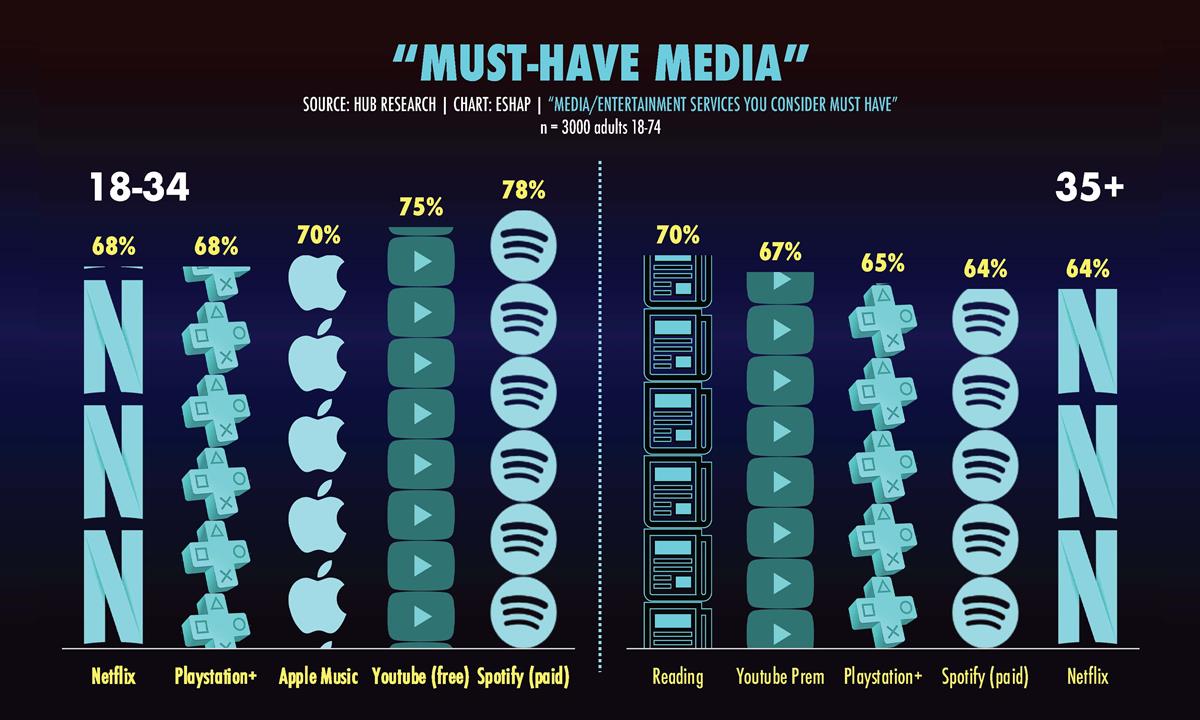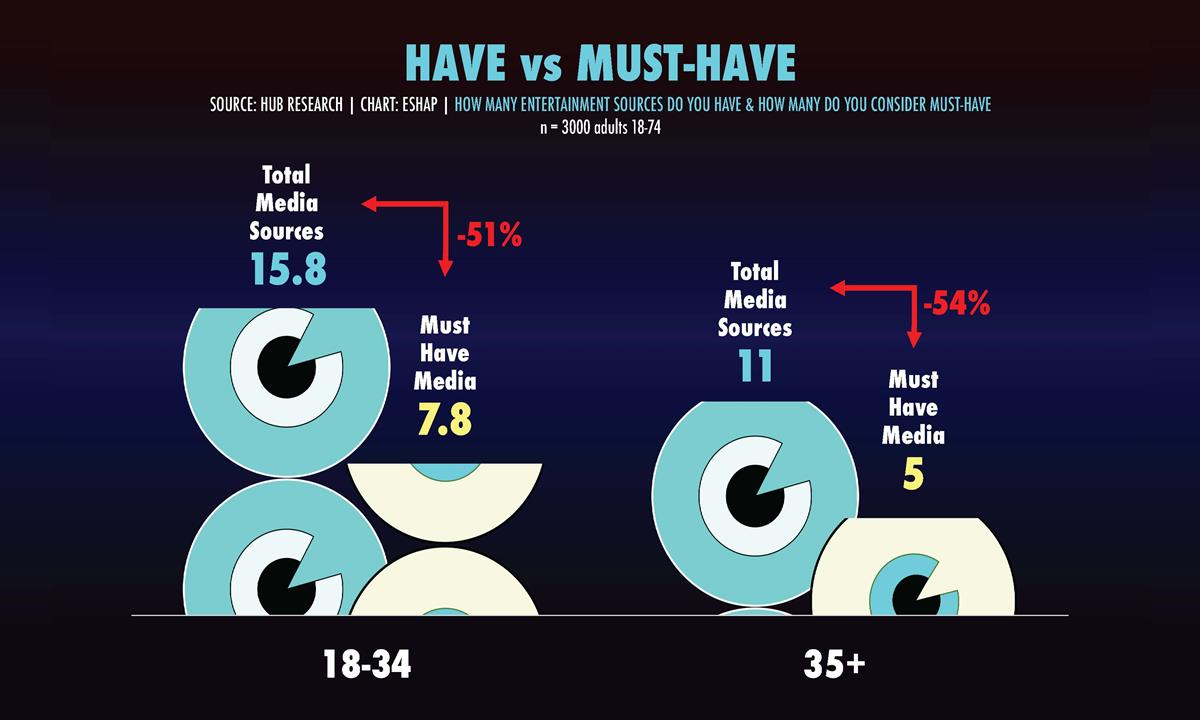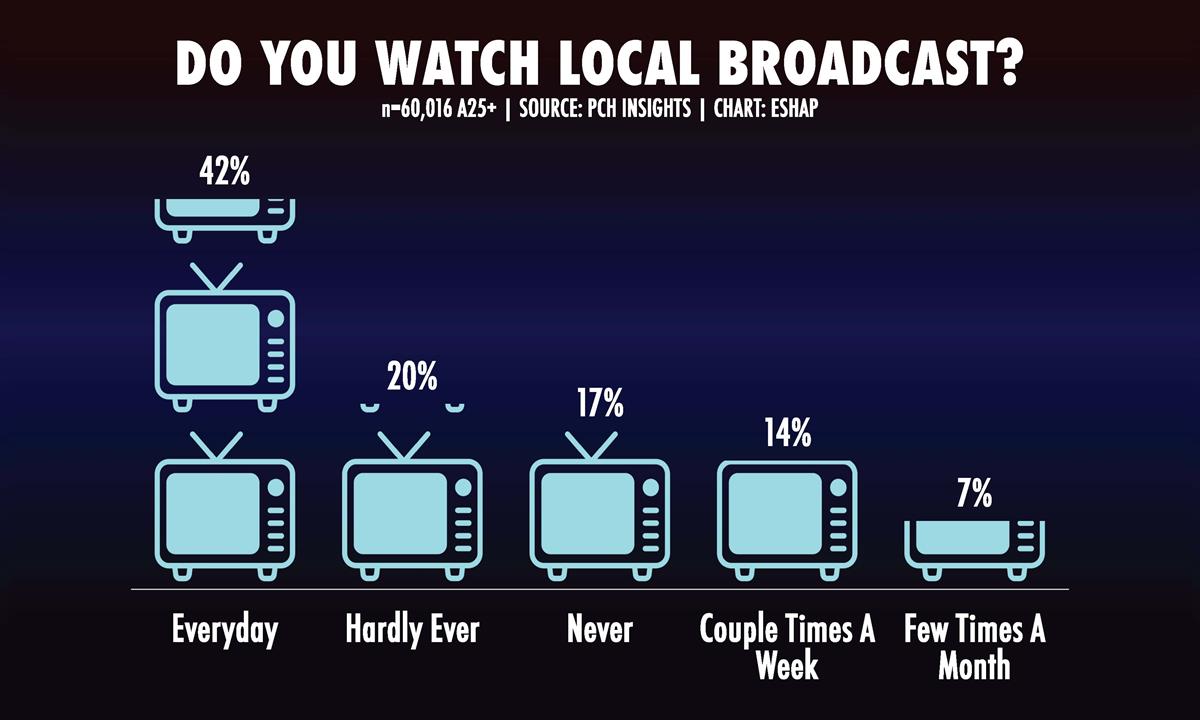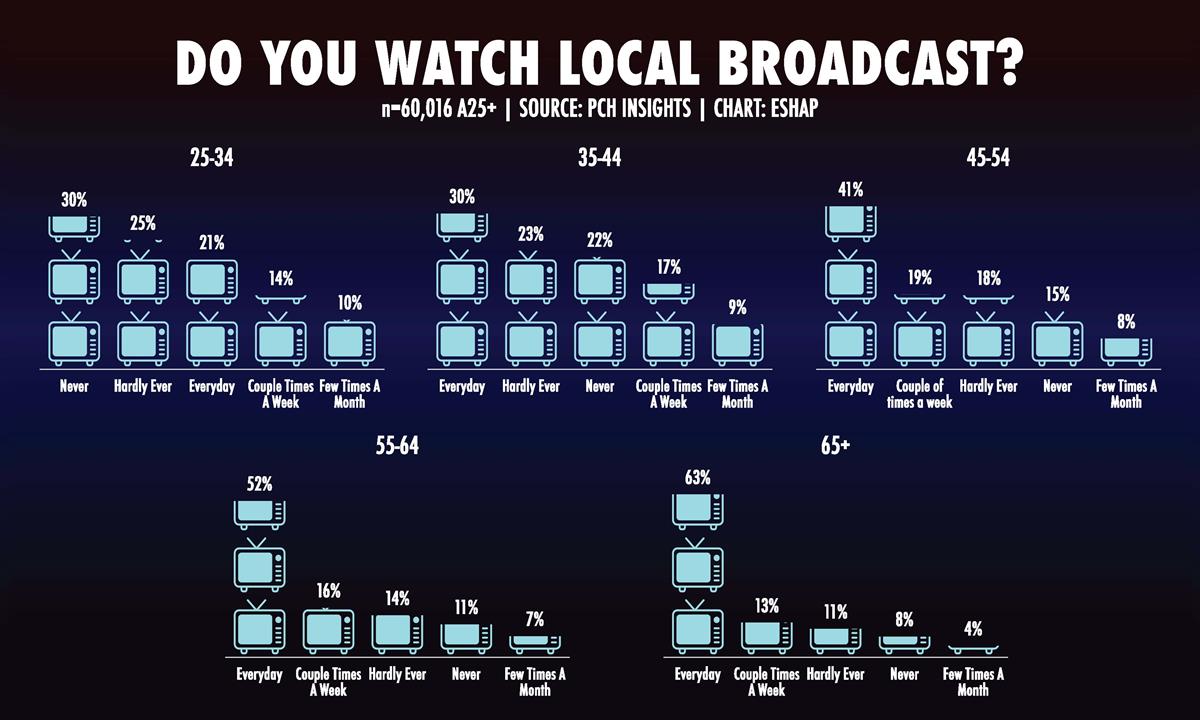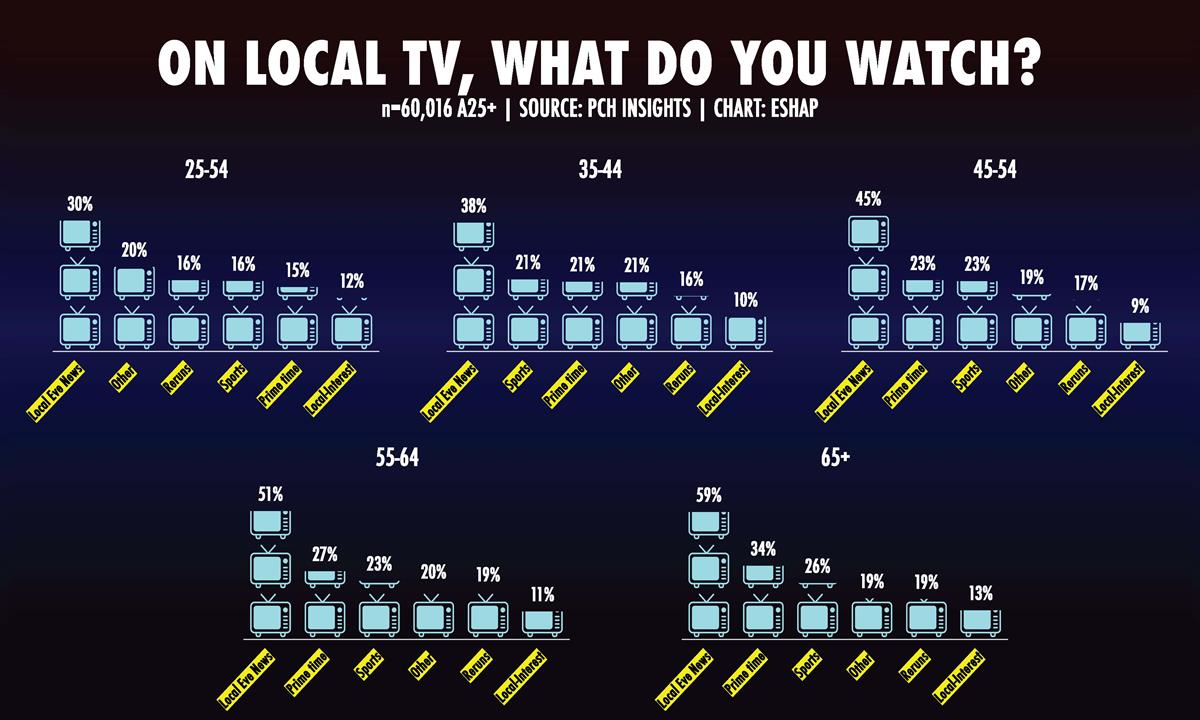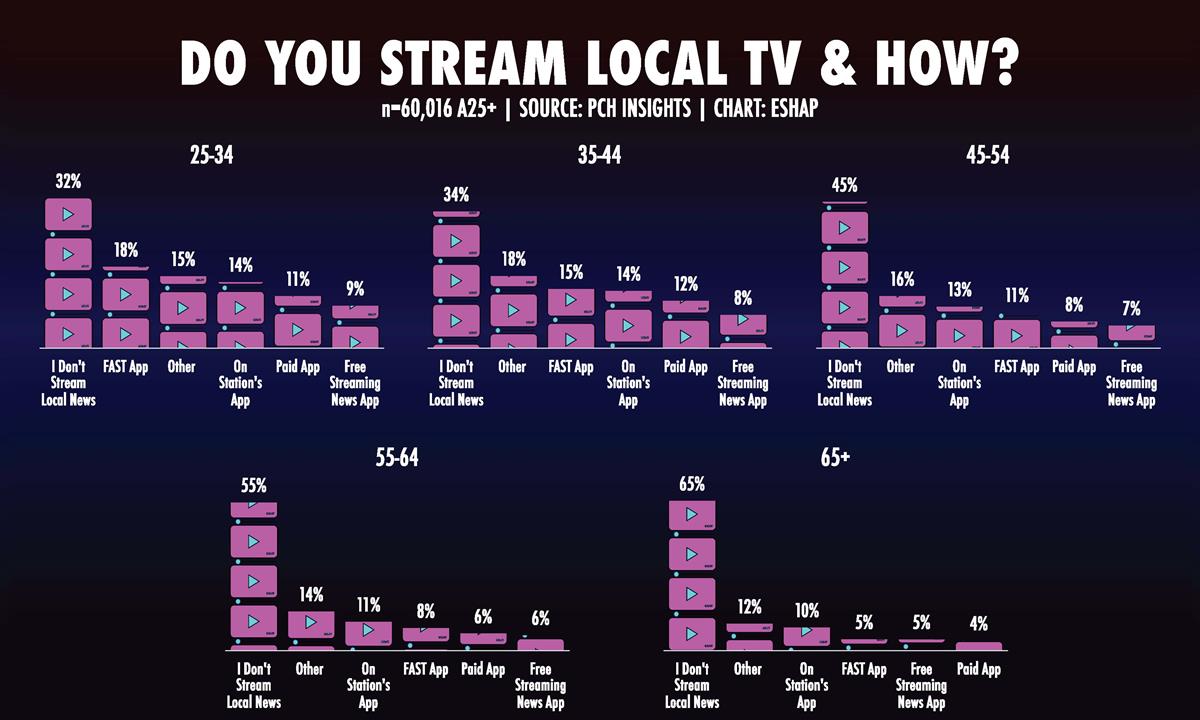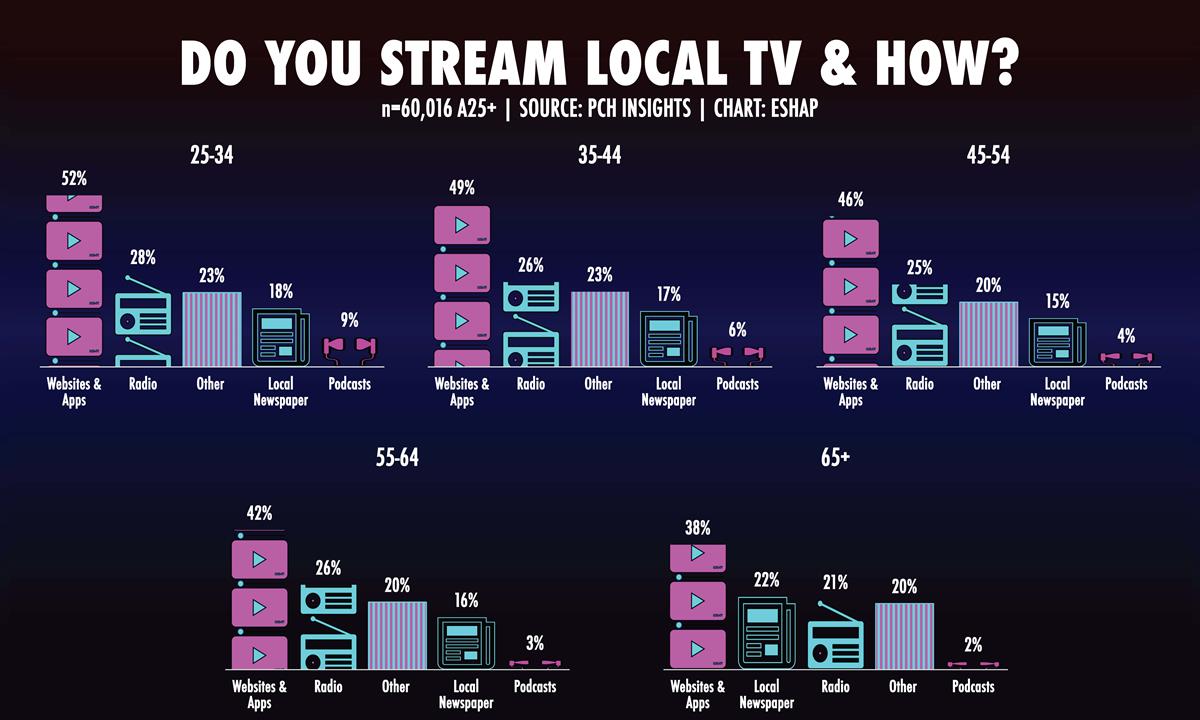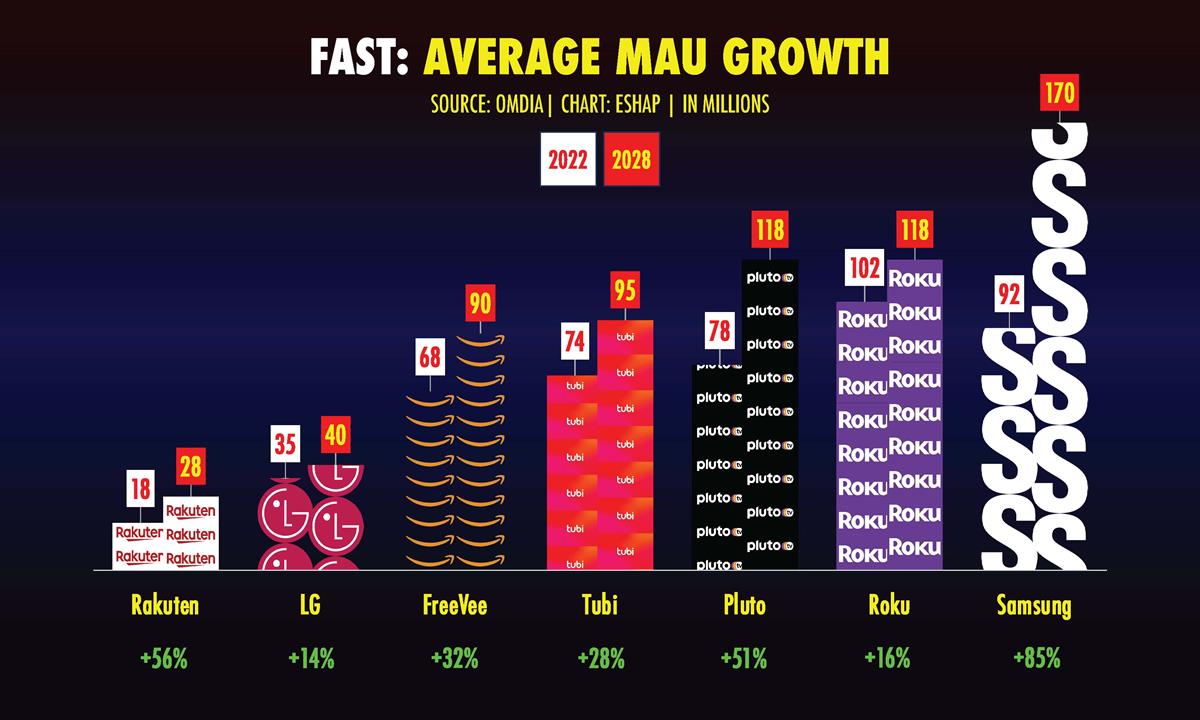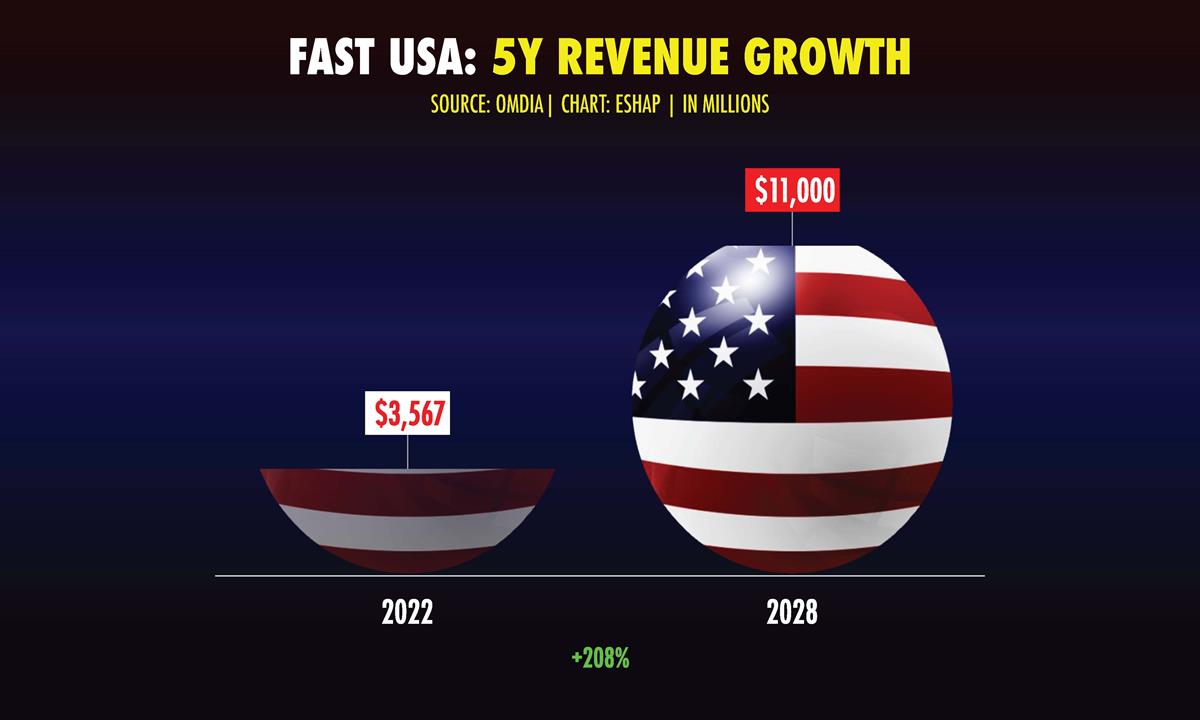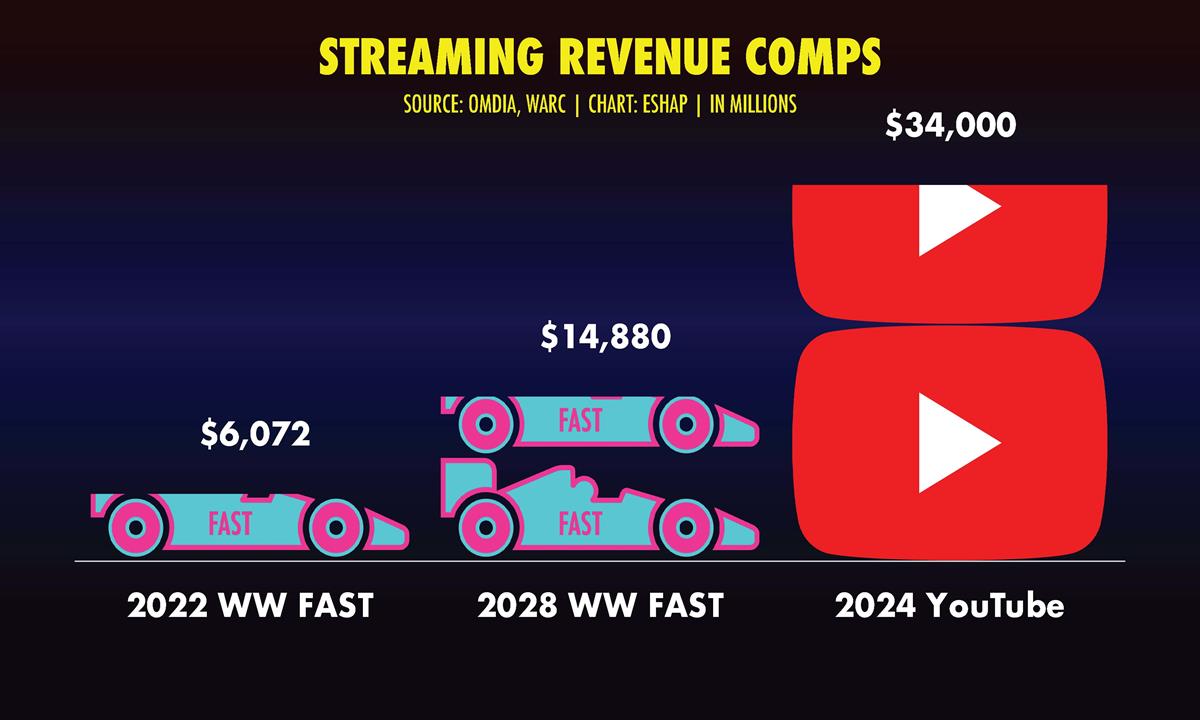Watch media universe cartographer Evan Shapiro’s keynote address, “What’s Next” at the 2023 NAB Show New York.
TL;DR
- Media universe cartographer Evan Shapiro’s keynote address at NAB Show New York centered on the pivotal shift to a new user-centric era of media, unveiling new consumer research and urging industry adaptation.
- Demonstrating the volatility of the media ecosystem, a Publishers Clearing House survey of 27,000 people in the US found that only 7% of users planned to stick with their current suite of subscriptions over the next year.
- Shapiro discusses the “Hierarchy of Feeds” as a crucial adaptation strategy for media companies to meet the diverse and daily needs of consumers.
- Highlighting the unexpected rise of local news, Shapiro underscores its significant role and potential for growth in the media landscape.
- Shapiro spotlights the rapid growth of Free Ad-Supported Television (FAST), which is projected to reach a global market value of $20 billion by 2028.
Media universe cartographer Evan Shapiro commanded the Main Stage at NAB Show New York in October with a keynote address that urged industry professionals to embrace the inevitable: a new era where user choice dictates the flow of content and technology giants carve the path forward. With his customary wit, Shapiro unveiled fresh consumer research and a set of strategic imperatives designed to navigate the shifting currents of media consumption.
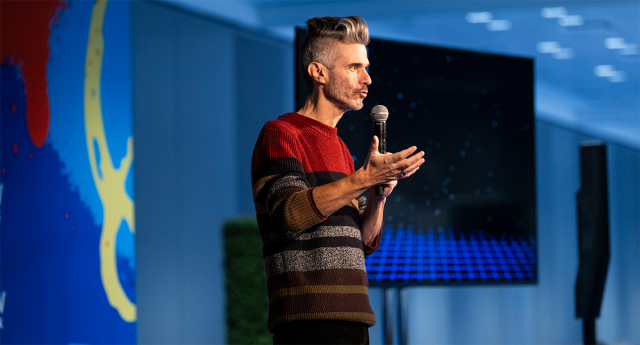
Going beyond analysis, Shapiro’s presentation is a call to action, depicting a future that’s unfolding in real time. From the “Hierarchy of Feeds” to the new “Rules of Gravity” in a media world centered around the consumer, he provides a practical guide for industry adaptation.
Explore key highlights in NAB Amplify’s two-part report, and gain full access to Shapiro’s insights by watching the keynote address in the video at the top of the page.
The User-Centric Era of Media Is Already Here
The Media & Entertainment landscape is undergoing a profound transformation with consumers now at the helm, while tech giants diversify to deliver a “Hierarchy of Feeds” including “must-haves.” Shapiro, in his keynote, delineates this transition with strategic imperatives for navigating these changes as he urges industry professionals to acknowledge and adapt to the present realities of media consumption.
“I think there’s this misperception that we’re coming to what’s next, that what’s next is around the corner… maybe a few years off, and that’s absolutely untrue,” he says at head of his talk. “What’s next is already here.”
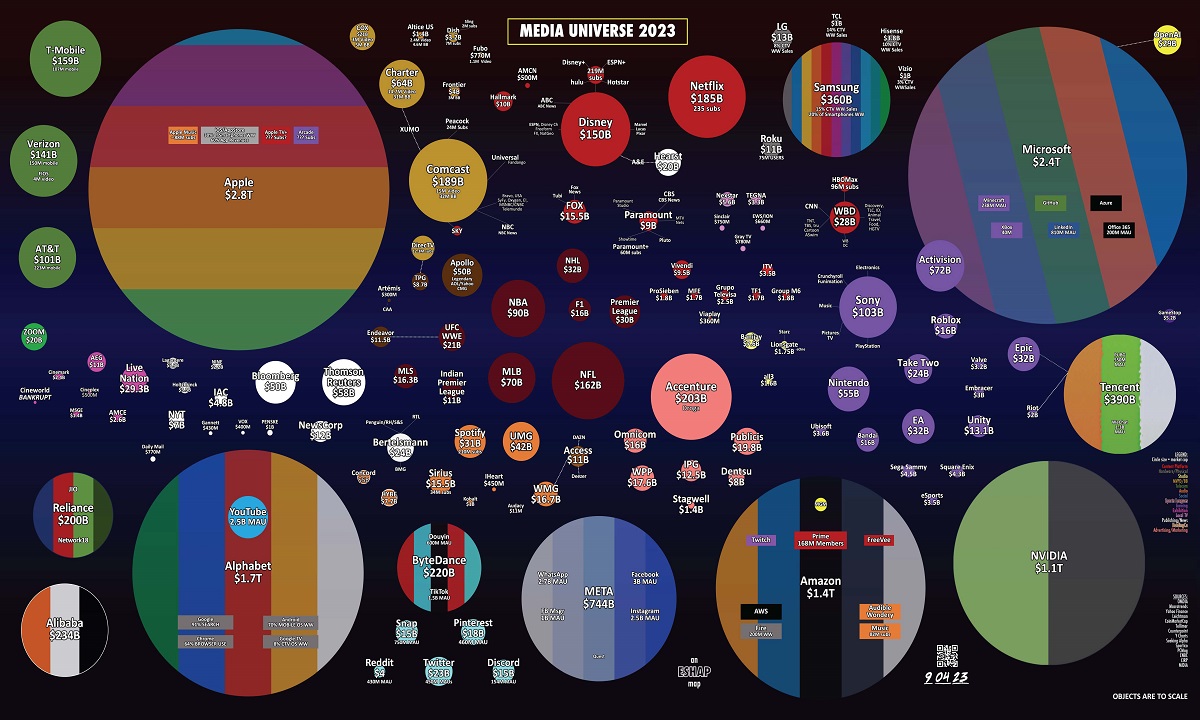
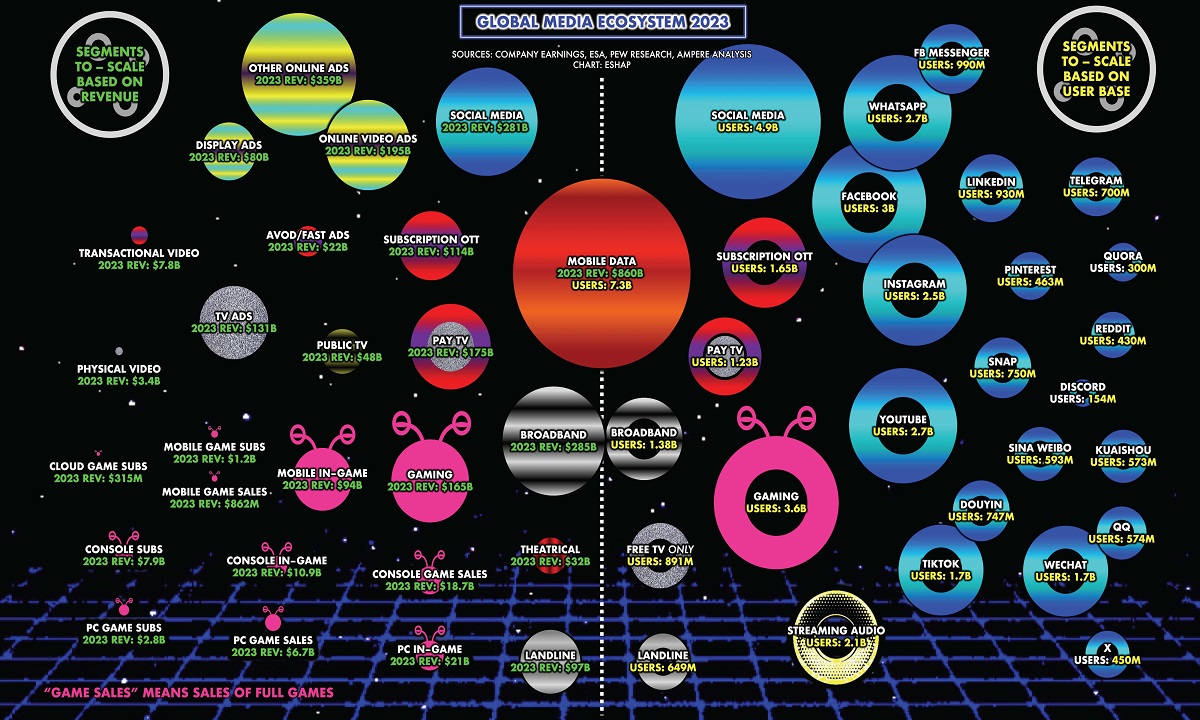
The gravitational pull of what Shapiro calls “big tech Death Stars” is reshaping the media universe. His two most recent media maps, sized by market share and communities, illustrate this point vividly. Companies must now operate in a domain where the rules are written by the likes of Amazon, Apple and Google — entities that command a significant share of global mobile users and advertising spend. At the same time, these big tech companies have ceded enormous power to users, who program personalized media bundles on a daily basis using just their thumbs.
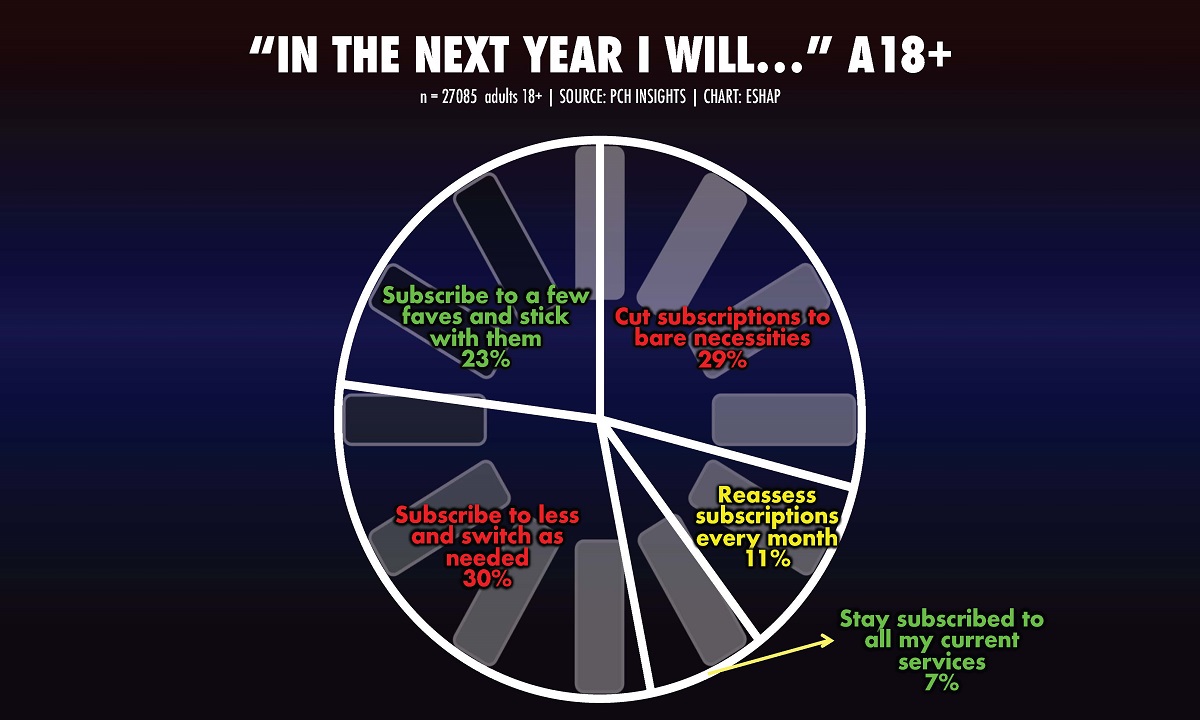
Addressing changing media consumption habits, Shapiro revealed a Publishers Clearing House survey of 27,000 people in the US, which found that only 7% of users planned to stick with their current suite of subscriptions. “Now, math is not my best topic,” he acknowledges. “But what I understand is that means that 97% of consumers are rethinking some or parts or all of their subscriptions that they have in their home on a month to month basis. Ready to switch out, ready to cancel.”
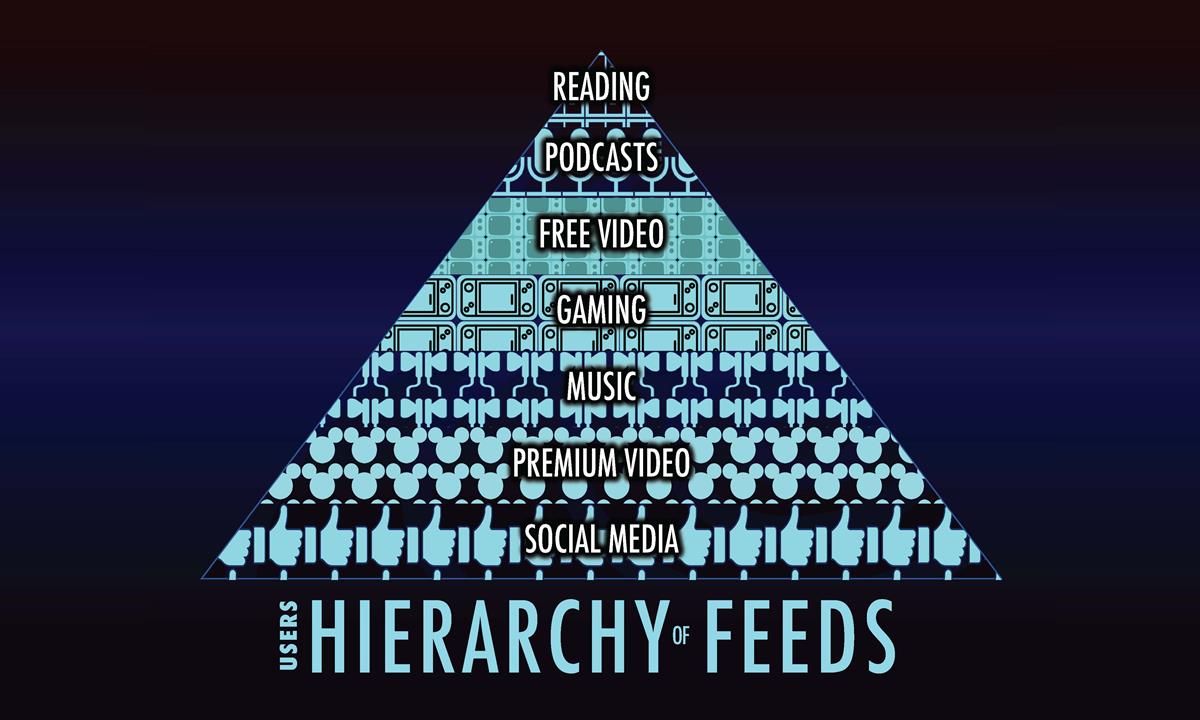
Shapiro emphasizes “Hierarchy of Feeds” as critical for adaptation to the user-centric era of media. “This is the set of itches [consumers are] looking to scratch when they wake up every morning and pick up that first piece of glass.” Media companies, he says, must ask themselves, “Do I touch all these needs? If not, there are plenty of companies who do, and if not, consumers are going to be spending time with other forms of media while they’re not paying attention to you.”
The New York Times serves as a prime example of a legacy media company that successfully transitioned its business model from a print-centric approach to becoming a multimedia conglomerate. They achieved this by diversifying into “lifestyle bundles” that cater to a variety of consumer “must-haves,” ranging from games and sports to news, entertainment, food, video and television.
Samsung has also adapted to cater to users. The company isn’t “just a manufacturer of televisions,” Shapiro notes, but also an operating system and channel business. “Google isn’t just a platform with video and audio, but also the maker of the fastest growing connected television operating system on the face of the earth. Amazon isn’t just Prime and free shipping and Twitch, but also the manufacturer of Fire,” he continues.
“You have to think about being everywhere your consumers are because you need to build your business around them, not make them fit into your business.”
Local News Isn’t Just Surviving, It’s Thriving
In an era where the digital transformation of media is often headlined by global platforms and streaming giants, Shapiro spotlights a surprising, yet pivotal player: local news. His analysis reveals a sector that’s not just surviving but thriving amid the media revolution, commanding a significant portion of screen time and audience attention.
As the number one use case for broadcast, “local is not just a segment, it’s a quarter of all TV time,” he points out. “Local urgent programming information that I can use in my daily life is going to be one of if not the most important part of the video economy in the United States and around the rest of the world for the next 10 years.”
The rise of local news isn’t just about numbers; it’s about relevance and the ability to meet the immediate needs of the community. Shapiro notes the fragmented but significant ways people access local content, from FAST news channels to station apps, and the urgent need among younger demographics for local information. “[For] two-thirds of consumers under the age of 45… local news is really important,” he says. “We all need our weather, our local school boards; these things matter more and more on a regular basis.”
Shapiro’s call to action for local media is clear: adapt and innovate. “If you work in local television, think about ‘what’s my website strategy? What’s my app strategy? What’s my FAST strategy, what’s my podcast strategy?’” he advises.
The shift in advertising dollars follows the audience, and local news is no exception. “The money is going to go where the money works,” he says, suggesting that local news can capitalize on this trend by understanding and leveraging the new metrics of media investment, such as cost per activation and video completion.
The Future of FAST
Free Ad-Supported Television (FAST) is staking its claim in the media landscape, with a growth trajectory that commands attention. Shapiro underscores its significance, noting, “FAST is the fastest-growing segment of the video economy.” This trend transcends borders, with the UK, Austria, Brazil, and Germany among the countries riding the FAST wave.
Platforms such as Samsung TV Plus, Roku, and Pluto TV have seen their monthly active users skyrocket, yet Shapiro urges industry professionals to view this data within the broader market perspective. He projects that by 2028 the FAST industry could be worth between $14 to $20 billion dollars worldwide. But while these are impressive numbers, they still pale in comparison to behemoths like YouTube, which is on track to earn a whopping $34 billion this year.
The data reveals a volatile subscription landscape, with premium ASVODs gaining and losing subscribers at a comparable pace. Shapiro interprets this as a potential pivot point for revenue strategies. Even Netflix is branching into advertising, he says, signaling an industry-wide shift towards a hybrid revenue model that combines subscriptions with ads.
While FAST is a crucial piece of the puzzle, Shapiro says, it’s not the sole answer to a media company’s business model challenges. “Yes, FAST is great,” he says. “Yes, FAST is important. Yes, you should be looking at FAST as part of the continuum you’re making out there. But if you’re resting all of your future laurels on this one format, and thinking it’s going to save your business in and of itself and replace all the revenue you’re losing from all these other traditional platforms, not so much.”



